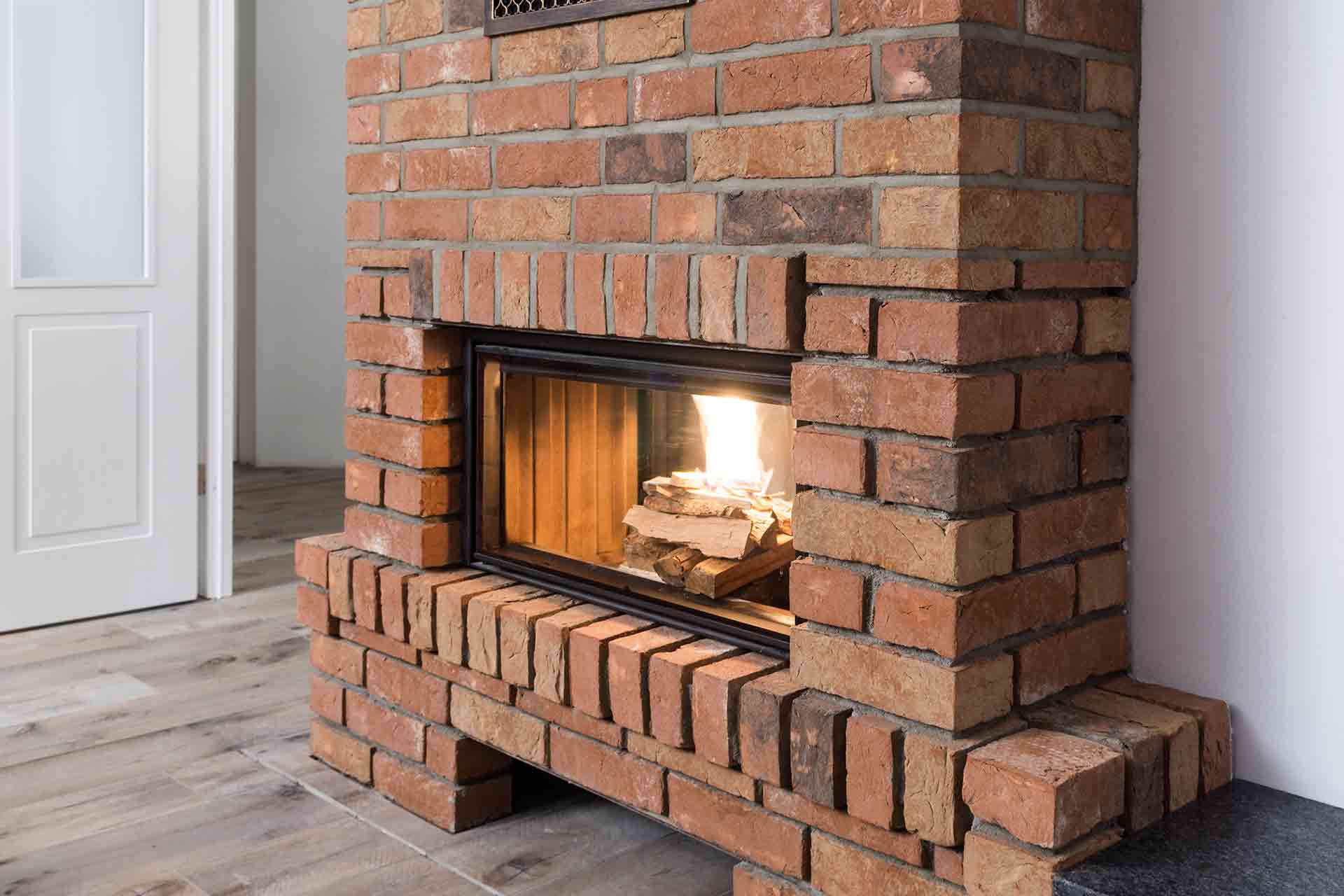

Articles
How To Start A Fire In Chimney
Modified: October 28, 2024
Learn the step-by-step process of starting a fire in your chimney with our informative articles. Get expert tips and guidance for a warm and cozy home.
(Many of the links in this article redirect to a specific reviewed product. Your purchase of these products through affiliate links helps to generate commission for Storables.com, at no extra cost. Learn more)
Introduction
Starting a fire in a chimney is not just about creating warmth or adding ambiance to your home; it is also essential for proper ventilation and maintaining the safety of your living space. Whether you have a traditional fireplace or a wood-burning stove, knowing how to start a fire in your chimney correctly is crucial.
In this article, we will guide you through the process of starting a fire in your chimney, step by step. We will discuss the anatomy of a chimney, safety precautions to consider, choosing the right fuel, preparing the firebox, lighting the fire, maintaining a steady flame, monitoring and controlling the heat, cleaning and maintaining the chimney, and essential safety tips.
Understanding and following these guidelines will not only ensure a successful fire-starting experience but also help prevent potential hazards such as chimney fires or the release of harmful gases into your home.
Let’s dive into the details of starting a fire in your chimney, so you can enjoy the cozy warmth and crackling sounds of a roaring fire while staying safe and sound.
Key Takeaways:
- Properly starting a fire in your chimney involves understanding its anatomy, choosing the right fuel, and following safety precautions to ensure a cozy and safe experience for you and your family.
- Regular cleaning, maintenance, and monitoring of your chimney are essential for optimal performance, safety, and longevity. By following safety tips and precautions, you can enjoy the warmth of a fire while prioritizing safety.
Read more: How To Prevent Chimney Fires
Understanding Chimney Anatomy and Safety Precautions
Before you start a fire in your chimney, it’s vital to familiarize yourself with its anatomy and take necessary safety precautions. Understanding how your chimney works and identifying potential hazards will help you mitigate risks and ensure a safe and efficient fire-starting process.
A chimney consists of several components that work together to provide proper ventilation and remove smoke and gases from your home:
- Firebox: This is the chamber where the fire is lit and the fuel burns.
- Smoke Chamber: Located directly above the firebox, this funnel-shaped area collects smoke before it enters the flue.
- Flue: The flue is a vertical passage that carries smoke and gases out of your home. It should be clear of any obstructions to ensure proper airflow.
- Chimney Cap: The chimney cap sits at the top of the flue and prevents debris, animals, and rain from entering your chimney.
- Liner: The liner protects the chimney walls from heat and corrosion and helps guide the smoke and gases safely out of the home.
Now that you are familiar with the anatomy of a chimney, let’s discuss some safety precautions you should follow:
- Clean and inspect your chimney: Before starting a fire, make sure your chimney is clean and free of debris, such as bird nests or creosote buildup. It’s recommended to have your chimney professionally inspected and cleaned annually.
- Install smoke and carbon monoxide detectors: Place smoke detectors and carbon monoxide alarms near your fireplace or wood-burning stove to provide early warning in case of a fire or gas leak.
- Use proper ventilation: Ensure that your chimney has adequate airflow by opening the damper fully before lighting a fire. This allows smoke and gases to escape safely.
- Keep flammable items away: Keep furniture, curtains, and other combustible materials at a safe distance from the fireplace or stove to prevent accidental fires.
- Never leave a fire unattended: Always supervise the fire and never leave it burning unattended. Make sure to extinguish the fire completely before leaving the room or going to bed.
By understanding the anatomy of your chimney and following these safety precautions, you can minimize the risks associated with starting a fire and ensure a safe and enjoyable experience for you and your family.
Choosing the Right Fuel
When it comes to starting a fire in your chimney, choosing the right fuel is essential for achieving optimal heat output, a clean burn, and minimal smoke. Different types of fuel have varying qualities and burning characteristics, so it’s crucial to select the one that suits your needs and the requirements of your chimney.
Here are some common fuel options for starting a fire in your chimney:
- Firewood: Firewood is a traditional and widely-used fuel option for fireplaces and wood-burning stoves. It should be seasoned, meaning it is dried for at least six months to a year, to ensure efficient burning and minimal creosote buildup in the chimney. Hardwoods, like oak and maple, generally provide longer burning times and more heat compared to softwoods.
- Pellets: Wood pellets are small, tightly compacted pieces of sawdust and wood shavings. They are used as a more eco-friendly alternative to firewood. Pellet stoves are designed specifically for burning pellets and offer efficient and convenient heating.
- Coal: Coal is a dense, carbon-rich fuel that produces a high amount of heat. It is primarily used in coal-burning stoves or specific fireplace inserts designed for coal combustion.
- Gas: Gas fireplaces and inserts use natural gas or propane as a fuel source. These fireplaces provide instant heat and flame at the flip of a switch, offering convenience and ease of use.
- Electricity: Electric fireplaces simulate the look and feel of a real fire without the need for fuel. They are a great option for spaces where traditional fireplaces or stoves are not feasible.
When choosing the right fuel, consider factors such as cost, availability, efficiency, and environmental impact. It’s also important to follow the manufacturer’s recommendations and guidelines for your specific fireplace or stove.
Additionally, it’s crucial to avoid burning materials such as treated wood, paper, cardboard, or trash in your chimney. These materials can release toxic fumes when burned and may create a fire hazard.
By choosing the right fuel for your chimney and following proper burning practices, you can ensure a safe and efficient fire-starting experience that provides warmth and comfort for your home.
Preparing the Firebox
Before you start building a fire in your chimney, it’s essential to prepare the firebox properly. The firebox is the area where the fire will burn, and by taking the time to prepare it correctly, you can ensure a more efficient and safe fire.
Here are the steps to prepare the firebox:
- Clean out the ashes: If there are any remaining ashes from previous fires, remove them from the firebox using a fireplace shovel or ash vacuum. Ensure that the firebox is clean and free of debris, as a build-up of ashes can impede airflow and reduce heat output.
- Inspect the interior: Take a moment to visually inspect the firebox for any cracks, damaged bricks, or signs of deterioration. If you notice any significant issues, it’s best to consult a professional chimney sweep or mason to assess and repair the damage.
- Clear the area: Remove any flammable materials or objects from the immediate vicinity of the firebox. This includes rugs, furniture, or any other items that could potentially catch fire if they come into contact with sparks or embers.
- Open the damper: Make sure the damper, a metal plate or valve that controls airflow, is fully open before starting the fire. This allows for proper ventilation and ensures that the smoke and gases can escape freely through the flue.
- Place a fire grate: Place a sturdy fire grate or grate bars at the bottom of the firebox. This elevates the fire off the ground, allowing for better airflow and promoting efficient burning.
- Create a small ash bed: Scatter a thin layer of ashes from previous fires on the grate to help insulate the fire and improve heat distribution. This also assists in the removal of ash remnants.
By following these steps and properly preparing the firebox, you are setting the stage for a well-structured fire that will burn more effectively and efficiently. With a clean and well-maintained firebox, you can enjoy a beautiful and warm fire while reducing the risk of smoke backdrafts or other potential hazards.
Building the Initial Fire
Once you have prepared the firebox, it’s time to build the initial fire in your chimney. The way you stack and arrange the firewood or fuel can greatly impact the efficiency and longevity of your fire. Here are some steps to follow when building the initial fire:
- Gather the necessary materials: Collect dry kindling, such as small, dry twigs or newspaper, to help ignite the fire. You will also need larger pieces of firewood, preferably seasoned hardwood, to sustain the fire.
- Create a small tinder nest: Begin by creating a small nest-like structure with your kindling materials in the center of the firebox. This will help facilitate a quick and easy ignition. Place crumpled newspaper or small, dry twigs in the center of the nest.
- Add a layer of kindling: Surround the tinder nest with a layer of small, dry twigs or sticks. These act as the next layer of fuel and provide additional surface area for the flames to catch onto.
- Stack the firewood: Place two or three larger pieces of firewood on top of the kindling, forming a stable foundation for the fire. Arrange the wood in a crisscross pattern, allowing for air circulation and creating a sturdy base.
- Leave enough space: Leave a small gap between the firewood pieces to allow air to flow freely through the fire, aiding combustion and ensuring a more efficient burn.
- Light the tinder: Carefully light the newspaper or small twigs in the center of the tinder nest using a long-reach lighter or matches. Be cautious and avoid any drafts that could blow out the flame.
- Monitor the ignition: As the fire starts to catch, observe the flames and ensure that the firewood is igniting evenly. Add more kindling if necessary to maintain a steady flame.
Remember, it’s important to start with a small fire initially. As the fire takes hold and produces more heat, you can gradually add larger pieces of firewood to sustain the fire and maintain a desirable temperature.
Building the initial fire properly will help ensure a successful ignition and provide a strong foundation for a long-lasting and enjoyable fire in your chimney. Take your time to arrange the materials correctly, and soon you’ll be basking in the warmth and glow of a well-built fire.
Read more: How To Start A Chimney Cleaning Business
Properly Lighting the Fire
Lighting a fire in your chimney requires a careful approach to ensure a safe and successful ignition. By following these steps, you can properly light the fire and enjoy a cozy and inviting atmosphere in your home.
- Open the damper: Before lighting the fire, ensure that the damper is fully open to allow for proper airflow. This helps in drawing in fresh oxygen and promoting efficient burning.
- Prime the flue: Light a rolled-up sheet of newspaper or a small torch and hold it near the open damper. The warm air will create an updraft, which helps establish a strong flow of air up the chimney.
- Ignite the tinder nest: Take a long-reach lighter or matches and carefully light the tinder nest in the center of the firebox. Make sure the flame catches onto the kindling, igniting it evenly.
- Close the firebox door: If you have a fireplace with glass doors or a wood-burning stove with a door, close it, leaving a small gap for air to flow. This helps control the airflow and prevents sparks or embers from escaping.
- Observe the flames: Pay attention to the flames as they develop and grow. Look for a steady, consistent flame, indicating that the fire is well-established and burning efficiently.
- Adjust the damper if needed: Depending on the strength of the draft and the intensity of the fire, you may need to adjust the damper slightly to control the airflow and maintain the ideal burning conditions.
It’s important to note that using accelerants such as gasoline or lighter fluid to light a fire in your chimney can be extremely dangerous and should be avoided. These substances can create uncontrollable and potentially explosive fires, putting your safety at risk. Stick to safer and more controlled methods of fire ignition.
Remember to exercise caution when lighting the fire and ensure that there are no flammable materials or debris near the firebox. Always keep a fire extinguisher or a bucket of water nearby as an additional safety precaution.
By following these steps and taking the necessary safety precautions, you can properly light the fire in your chimney and enjoy the cozy warmth and comforting ambiance it brings to your home.
Before starting a fire in a chimney, make sure the flue is open and clear of any debris. Use kindling and small pieces of wood to create a good base for the fire, and gradually add larger pieces of wood as it gets going.
Maintaining a Steady Fire
Once you have successfully lit a fire in your chimney, it’s important to maintain a steady fire to ensure consistent heat output and a pleasant burning experience. Here are some key tips for maintaining a steady fire:
- Add firewood gradually: As the initial fire starts to burn, you can add larger pieces of firewood to sustain the flames. Avoid adding too much wood at once, as it can smother the fire and reduce airflow.
- Avoid overcrowding the firebox: Be mindful of the amount of firewood you add to the firebox. Overcrowding can limit the airflow, leading to inefficient burning and a buildup of smoke.
- Arrange firewood properly: Stack the firewood in a balanced manner, ensuring a crisscross pattern that allows for air circulation. This arrangement promotes even burning and better heat distribution.
- Use dry and seasoned firewood: Wet or unseasoned firewood can create excess smoke and reduce the efficiency of your fire. Use properly dried and seasoned firewood to ensure optimal burning and heat output.
- Monitor the fire regularly: Keep an eye on the fire to ensure it continues to burn steadily. Check for any signs of excessive smoke, uneven burning, or issues with airflow.
- Adjust the damper as needed: Depending on the intensity of the fire and the desired heat output, you may need to adjust the damper slightly to control the airflow. This helps maintain an ideal burning environment.
- Use fireplace tools: Use fireplace tools, such as a poker or tongs, to rearrange the firewood and create better airflow if needed. This allows for a more efficient burn and helps keep the fire steady.
- Keep a safe flame height: The flame in your chimney should have a safe height—neither too low nor too high. A flame that extends beyond the firebox can be a hazard, while a very low or weak flame may indicate insufficient airflow or damp firewood.
Remember to always prioritize safety when maintaining a fire. Never leave a fire unattended, and ensure that there are proper barriers, such as glass doors or a fire screen, to prevent sparks or embers from escaping into the room. Keep flammable materials far away from the firebox.
By following these tips and actively maintaining the fire, you can ensure a steady burn, efficient heat output, and a warm and inviting atmosphere in your home.
Monitoring and Controlling the Heat
Monitoring and controlling the heat of your chimney fire is crucial for both your comfort and safety. By carefully observing the fire and making necessary adjustments, you can ensure optimal heat output while preventing the risk of overheating or improper combustion. Here are some guidelines to help you effectively monitor and control the heat:
- Observe the flame color: The color of the flame can indicate the heat level of your fire. A bright and vibrant yellow flame typically indicates a hotter fire, while a dull or weak flame suggests a lower heat output. Adjust the airflow and add or remove firewood accordingly to achieve the desired flame color.
- Check the chimney temperature: Use a chimney thermometer or a surface thermometer to monitor the temperature of your chimney. Ideally, the temperature should be within the recommended range specified by the manufacturer of your fireplace or wood-burning stove. If the temperature exceeds safe levels, adjust the airflow or reduce the amount of firewood to control the heat.
- Utilize your damper: The damper plays a crucial role in controlling the heat and airflow in your chimney. By adjusting the position of the damper, you can increase or decrease the intensity of the fire. Opening the damper fully allows for maximum airflow and heat output, while partially closing it helps regulate the heat and prevent excessive burning.
- Practice efficient burning techniques: To maintain a consistent and controlled fire, avoid smothering the flames with too much firewood at once. Instead, add firewood gradually and in small amounts. This allows for better combustion and more efficient heat distribution.
- Consider the use of a fireplace insert or stove: If you have a fireplace insert or a wood-burning stove, these appliances often come with built-in controls, such as air vents or dampers, to regulate heat output. Familiarize yourself with these controls and adjust them as needed to maintain a comfortable temperature.
- Monitor carbon monoxide levels: Install carbon monoxide detectors near your fireplace or wood-burning stove to continuously monitor the levels of this odorless and potentially dangerous gas. If the detectors alert you to high levels of carbon monoxide, immediately ventilate the area, extinguish the fire, and seek professional assistance to address the issue.
Remember, maintaining proper heat levels is not only crucial for your comfort but also for the safety of your home and the prevention of chimney fires. Always follow the manufacturer’s guidelines and consult a professional chimney sweep if you have any concerns or questions about controlling the heat in your chimney.
By monitoring the flame, chimney temperature, and using the damper effectively, you can maintain a comfortable and controlled fire that provides the desired warmth without compromising safety.
Cleaning and Maintaining the Chimney
Regular cleaning and maintenance of your chimney are essential to ensure optimum performance, maintain safety, and prolong its lifespan. A well-maintained chimney promotes efficient airflow, reduces the risk of chimney fires, and prevents the buildup of harmful creosote. Here are some guidelines for cleaning and maintaining your chimney:
- Schedule professional chimney inspections: It is recommended to have your chimney inspected and cleaned by a professional chimney sweep at least once a year. They will assess the condition of your chimney, remove any deposits or blockages, and ensure that it is in good working order.
- Remove creosote buildup: Creosote, a byproduct of burning wood, can accumulate on the walls of your chimney. This buildup is highly flammable and can lead to chimney fires. Regular cleaning by a professional chimney sweep will help remove creosote and minimize the risk of fire.
- Clear obstructions: Birds’ nests, debris, or other obstructions can obstruct the airflow in your chimney. These blockages can cause smoke to back up into your home or prevent proper ventilation. Regular chimney inspections will help identify and remove any obstructions.
- Check and repair chimney caps and dampers: Inspect the chimney cap and damper regularly to ensure they are functioning correctly. The chimney cap prevents debris and animals from entering the chimney, while the damper controls airflow. Replace or repair any damaged components promptly.
- Keep the chimney exterior clean: Remove any dirt, debris, or vegetation that may accumulate on the exterior of your chimney. Regularly inspect the brickwork or masonry for signs of deterioration or cracks. Address any issues promptly to prevent further damage.
- Burn seasoned firewood: Using properly seasoned firewood reduces the production of excessive creosote. Avoid burning wet or unseasoned wood, as it produces more smoke and contributes to a faster buildup of creosote in the chimney.
- Burn fires at appropriate temperatures: Avoid burning fires at low temperatures or smoldering fires, as this can contribute to increased creosote formation. Instead, aim for hot, clean-burning fires that produce minimal smoke.
- Practice proper fireplace or stove usage: Always follow the manufacturer’s instructions for your specific fireplace or wood-burning stove. Use the appropriate amount of firewood, avoid overloading the firebox, and never leave a fire unattended.
By following these cleaning and maintenance practices, you can ensure the longevity and smooth operation of your chimney, reduce the risk of chimney fires, and enjoy a safer and more efficient fireplace or wood-burning stove.
Remember, if you notice any unusual odors, smoke, or problems with your chimney, it’s important to address them promptly and seek professional assistance if needed. Regular cleaning and maintenance will go a long way in keeping your chimney in excellent condition.
Read more: How To Put Out A Chimney Fire
Safety Tips and Precautions
When it comes to using your chimney and enjoying a fire in your home, safety should always be a top priority. By following these safety tips and precautions, you can minimize the risk of accidents or hazards associated with fireplace or wood-burning stove usage:
- Install smoke and carbon monoxide detectors: Make sure smoke detectors and carbon monoxide alarms are installed near your fireplace or wood-burning stove, along with other areas of your home. Test them regularly to ensure they are functioning properly.
- Use a fireplace screen or glass doors: Prevent sparks and hot embers from jumping out of the firebox by using a sturdy fireplace screen or closing the glass doors. This helps keep the fire contained and protects your home from potential accidents.
- Keep flammable materials away: Keep furniture, curtains, and other flammable objects at a safe distance from the fireplace or wood-burning stove. Ensure there is ample space for proper airflow and to prevent accidental fires.
- Never leave a fire unattended: Always supervise the fire when it is burning, and never leave it unattended. Before leaving the room or going to bed, make sure to fully extinguish the fire and ensure the ashes are cold.
- Properly dispose of ashes: Allow ashes to cool completely before disposing of them in a metal container. Keep the container outside and away from combustible materials until all remaining heat is gone.
- Keep a fire extinguisher nearby: Have a fire extinguisher readily accessible near your fireplace or wood-burning stove. Ensure you know how to use it properly and that it is in good working condition.
- Prevent carbon monoxide buildup: Ensure proper ventilation and airflow in your home to prevent carbon monoxide buildup. Avoid using fuel-burning appliances that are not vented properly or using your fireplace or wood-burning stove during power outages.
- Invest in professional inspections and cleaning: Schedule annual inspections and cleanings by a certified chimney sweep to identify any potential issues or hazards. They will also remove any buildup, such as creosote, to maintain the safety and efficiency of your chimney.
- Follow manufacturer’s guidelines: Always follow the manufacturer’s instructions and guidelines for your specific fireplace or wood-burning stove. This includes proper installation, maintenance, and usage of the appliance.
By following these safety tips and precautions, you can create a safer environment and enjoy the comfort and warmth of a fireplace or wood-burning stove without compromising your well-being or the well-being of your home and loved ones.
Remember, if you have any concerns or questions regarding safety, consult a professional chimney sweep or fireplace specialist for guidance and assistance.
Conclusion
Starting a fire in your chimney is not only about creating warmth and ambiance; it’s also about ensuring safety and proper ventilation. By understanding the anatomy of your chimney, taking necessary precautions, choosing the right fuel, and following the steps to prepare and light the fire, you can enjoy a cozy and satisfying fireplace or wood-burning stove experience. Additionally, monitoring and controlling the heat, cleaning and maintaining the chimney, and practicing safety measures will contribute to a safer and more efficient chimney operation.
Remember to schedule regular professional inspections and cleanings to keep your chimney in optimal condition. A well-maintained chimney reduces the risk of chimney fires, promotes proper airflow, and extends the lifespan of your appliance.
Ultimately, while enjoying a fire in your chimney is a delightful experience, safety should always be the primary concern. Follow the recommended safety tips, keep flammable materials at a safe distance, use proper ventilation, and never leave a fire unattended.
By incorporating these guidelines into your chimney routine, you can create a warm and inviting atmosphere in your home while ensuring the safety and well-being of your family and property.
So, go ahead and light that fire in your chimney, sit back, and enjoy the cozy comfort it brings!
Frequently Asked Questions about How To Start A Fire In Chimney
Was this page helpful?
At Storables.com, we guarantee accurate and reliable information. Our content, validated by Expert Board Contributors, is crafted following stringent Editorial Policies. We're committed to providing you with well-researched, expert-backed insights for all your informational needs.
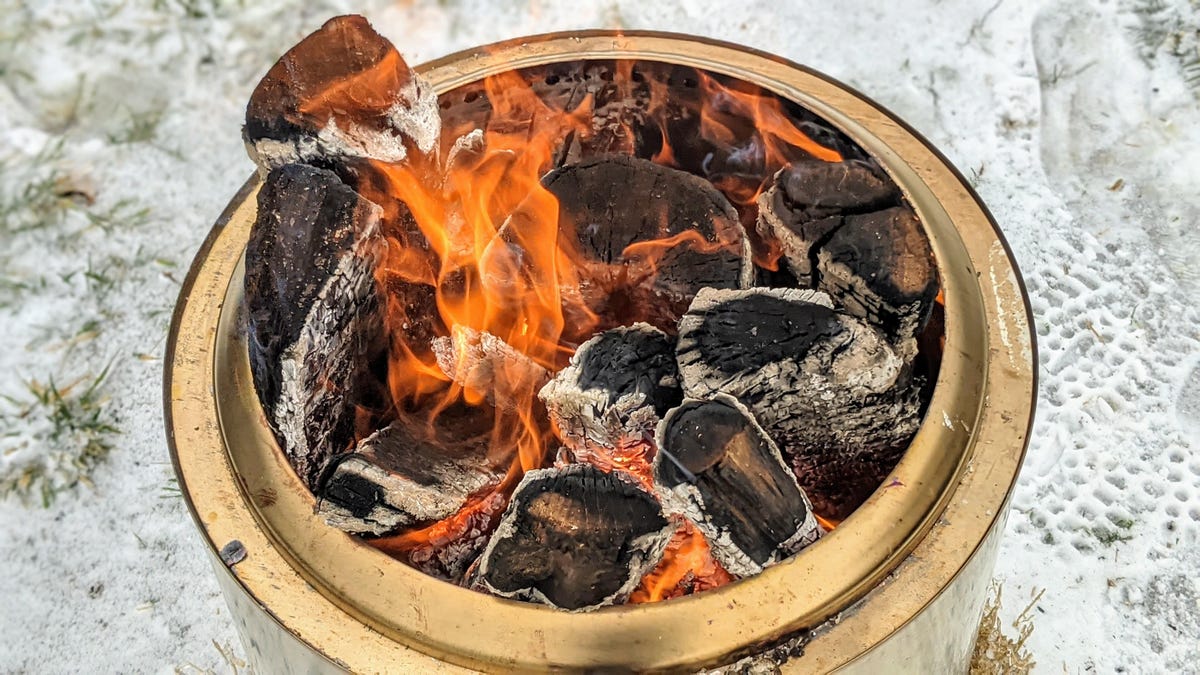
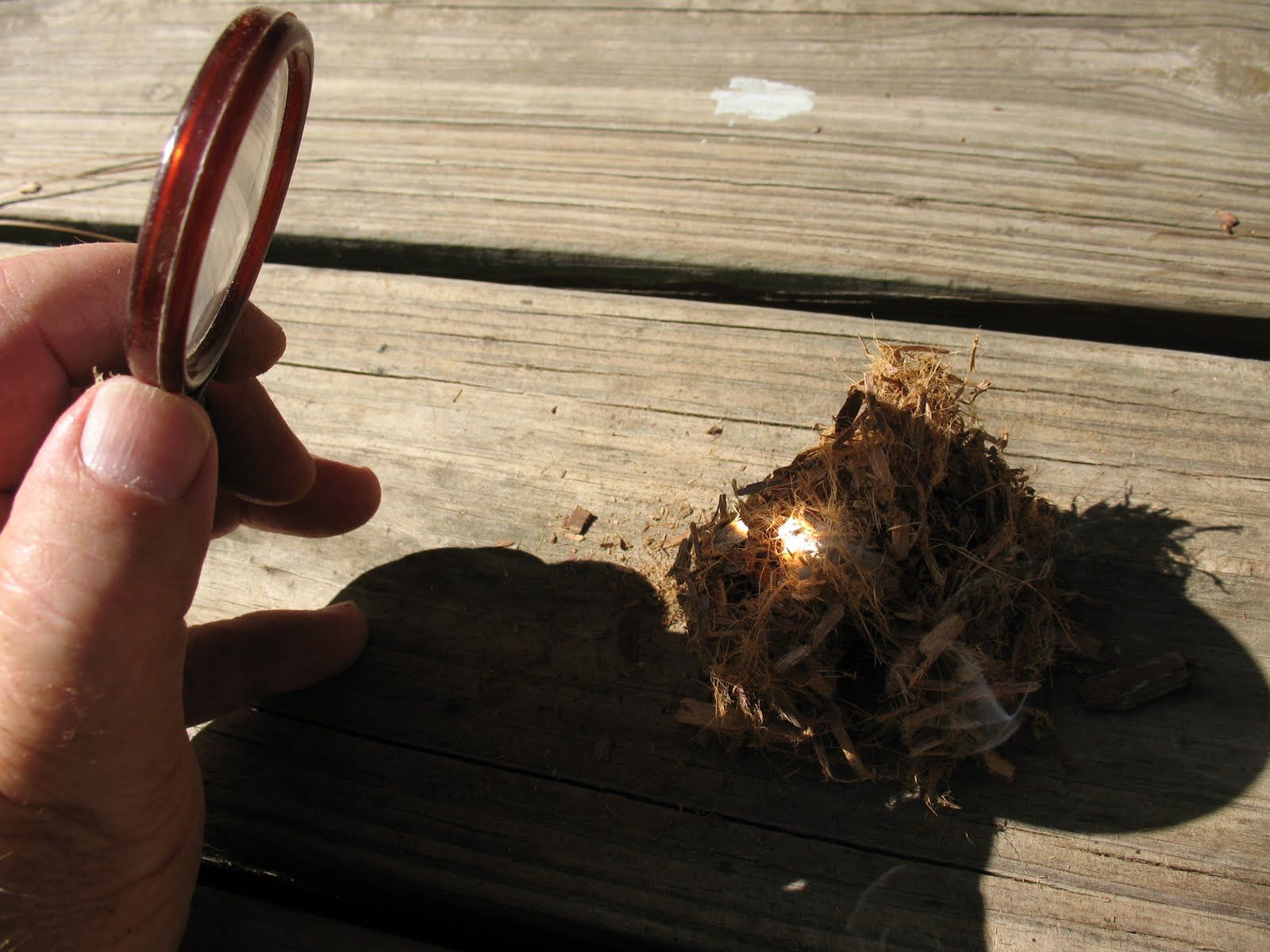
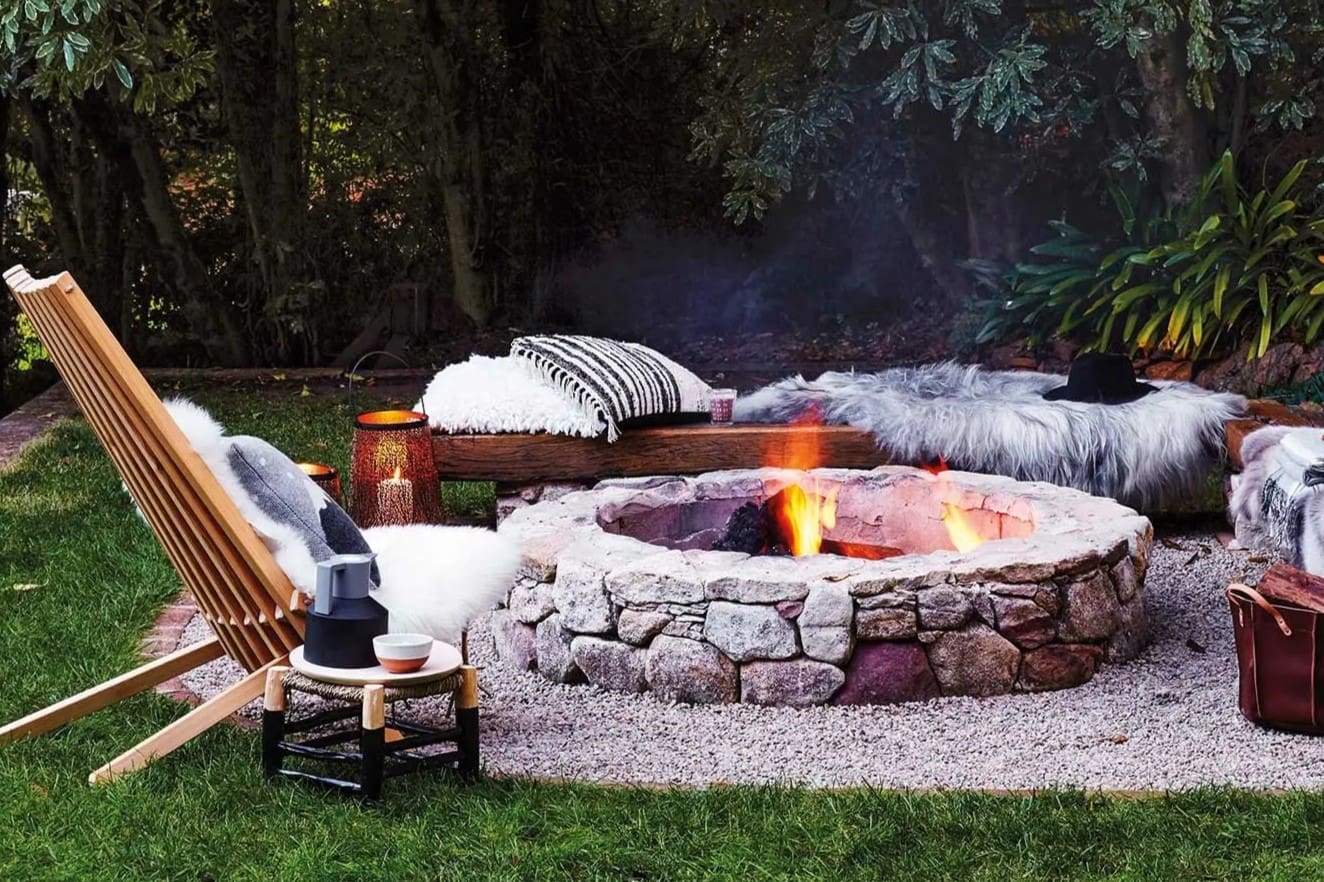
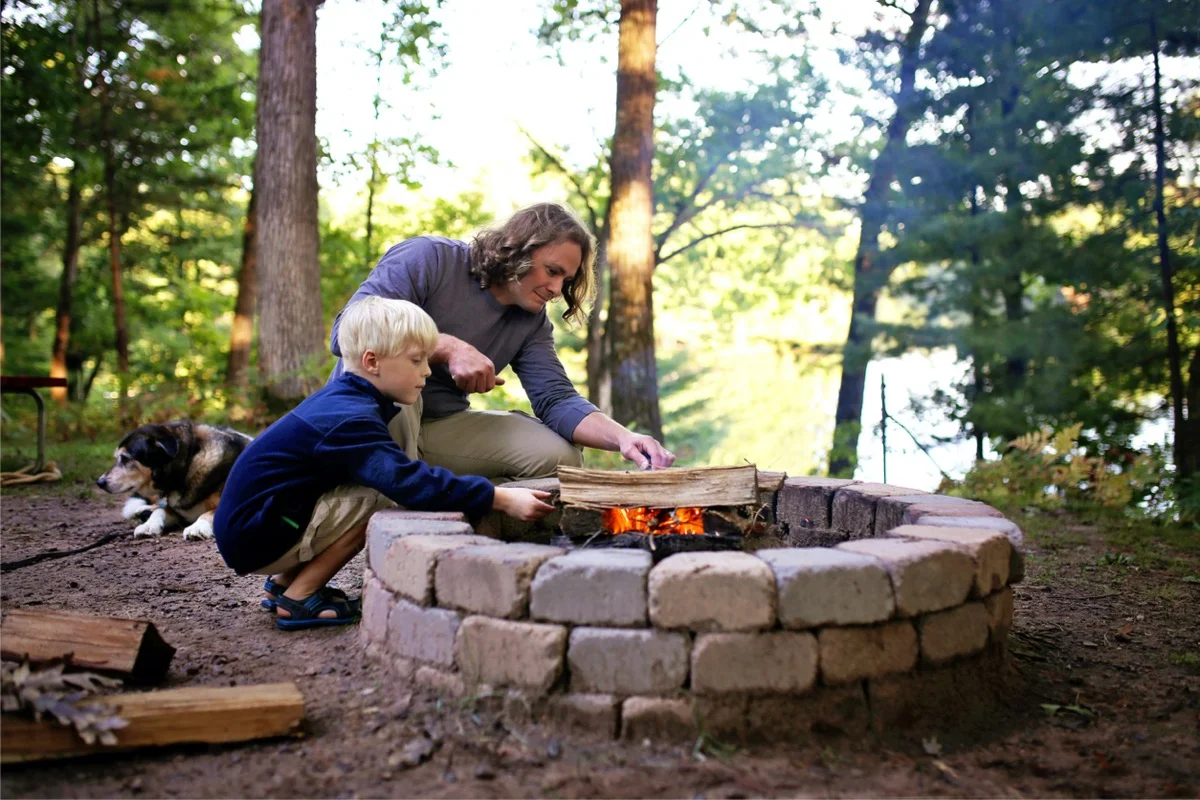
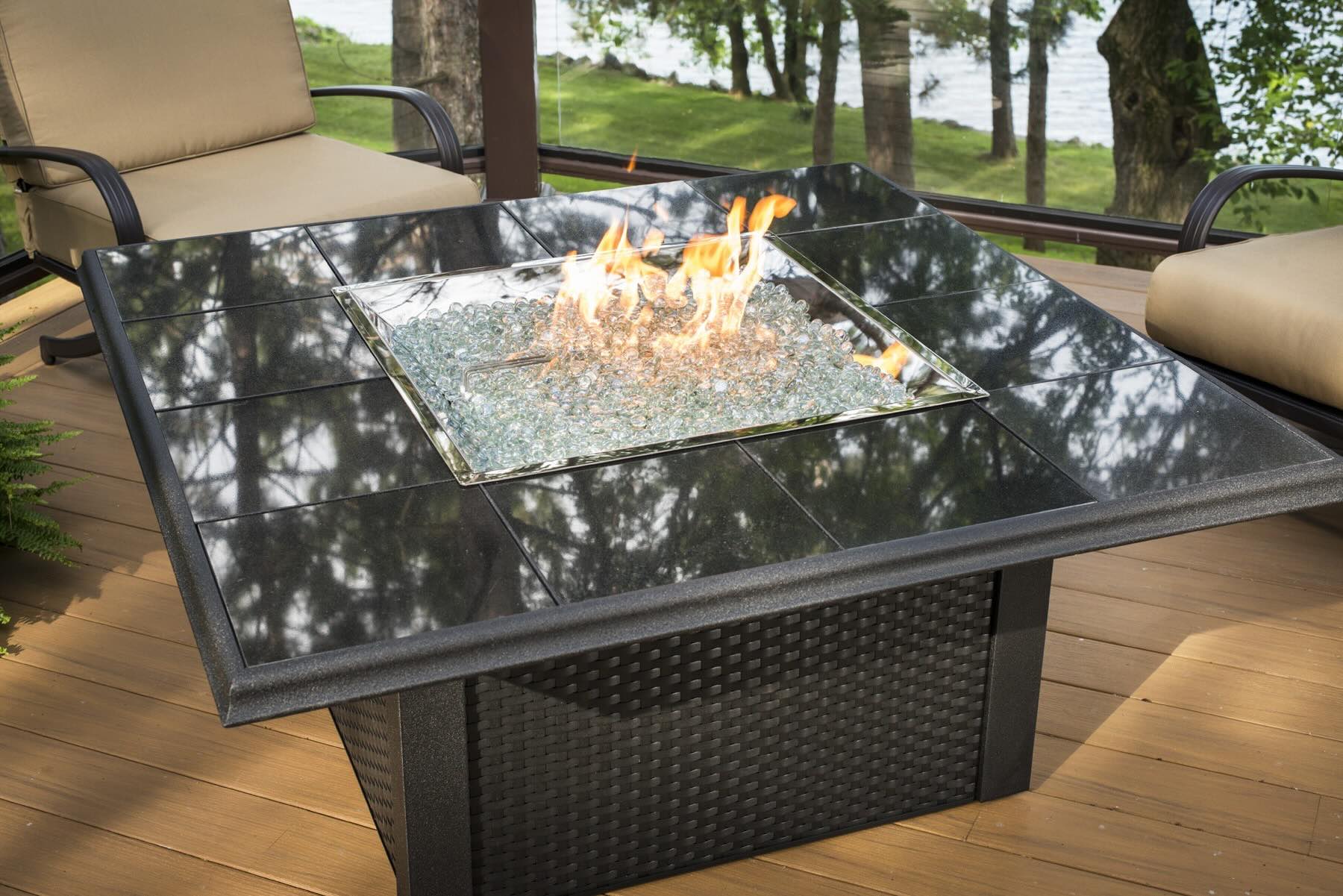
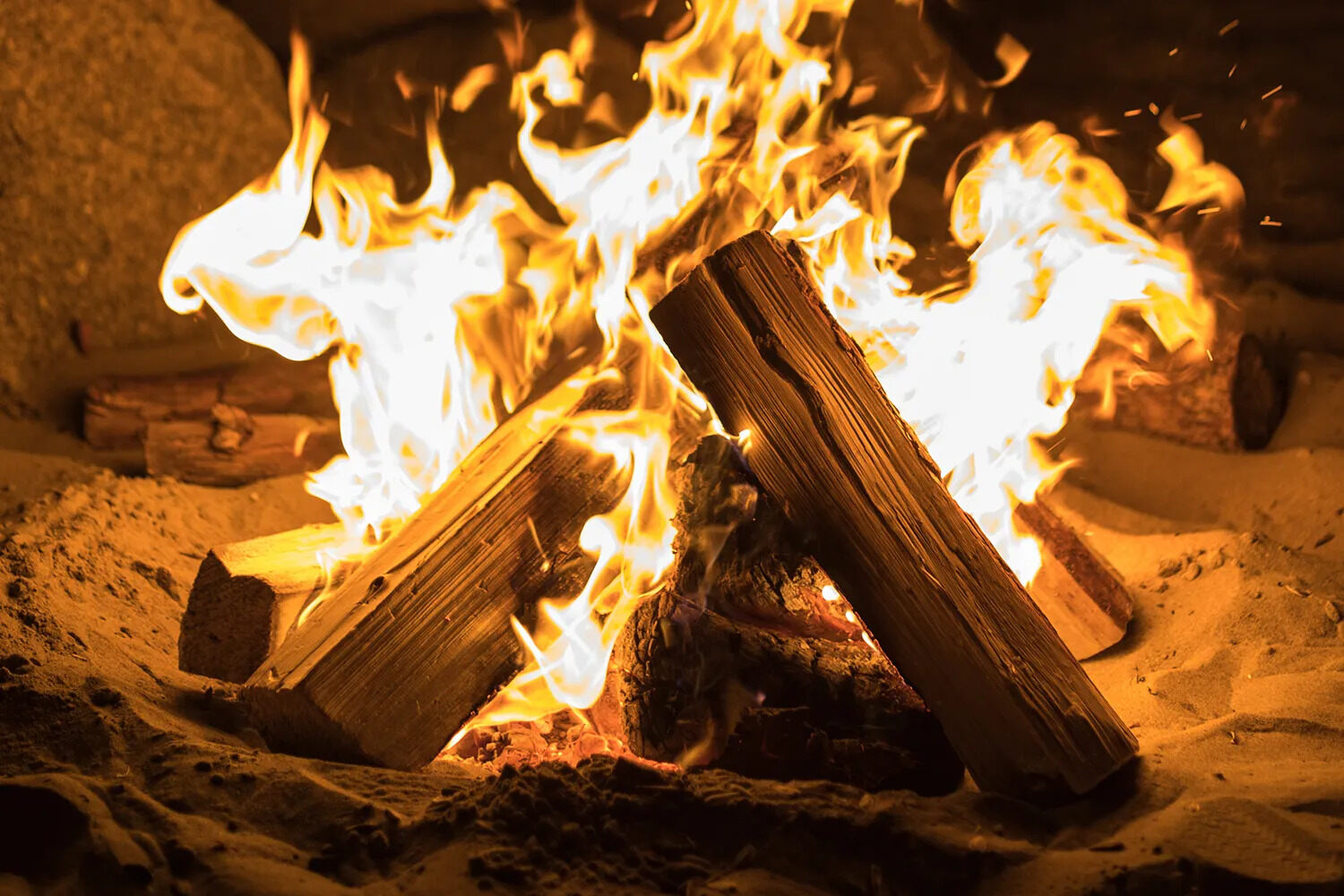
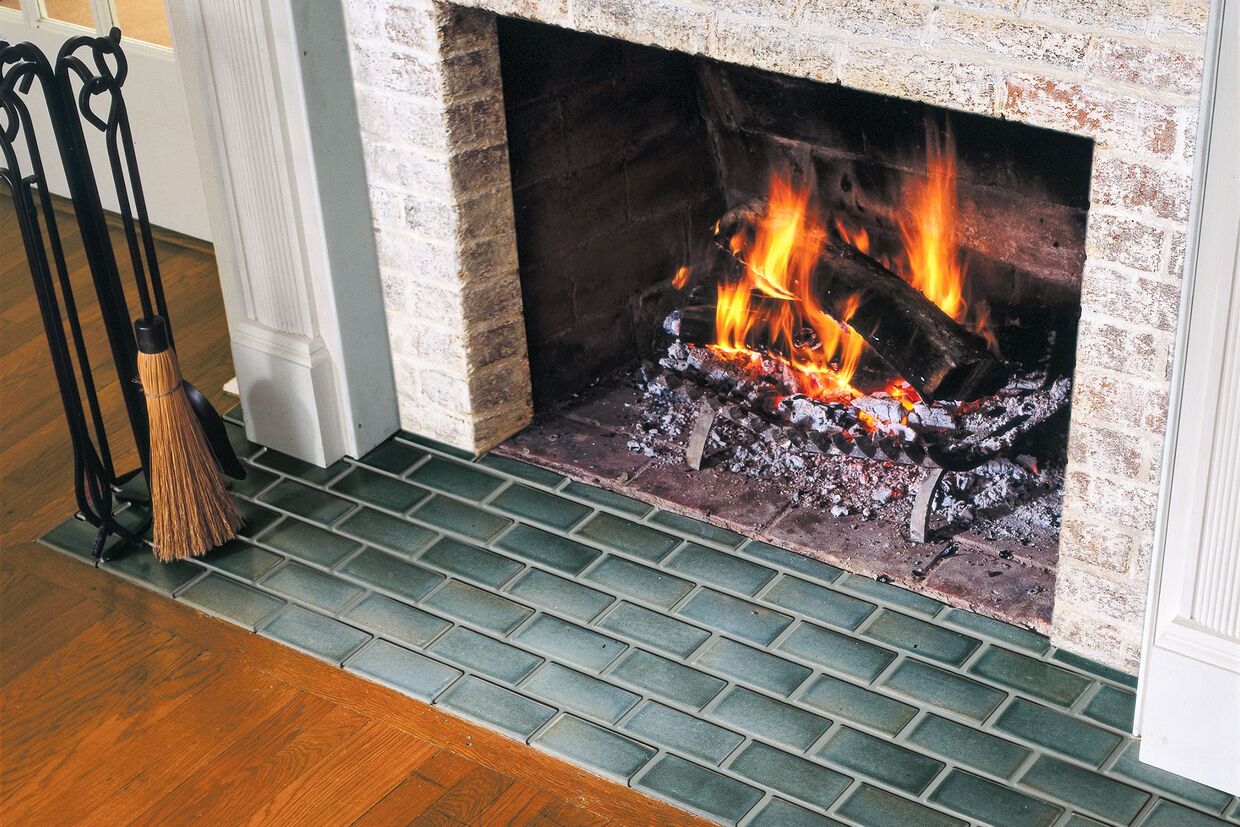
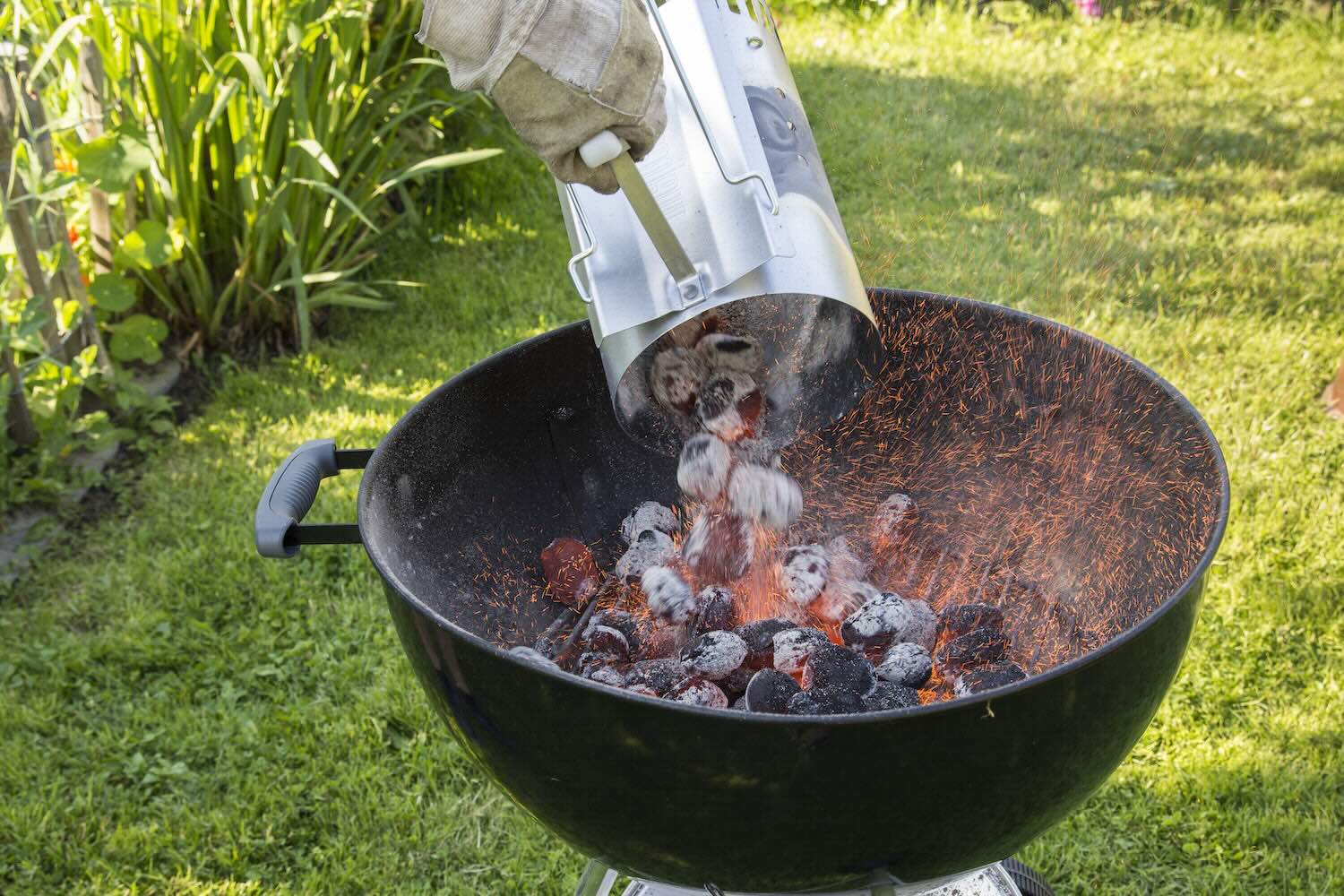
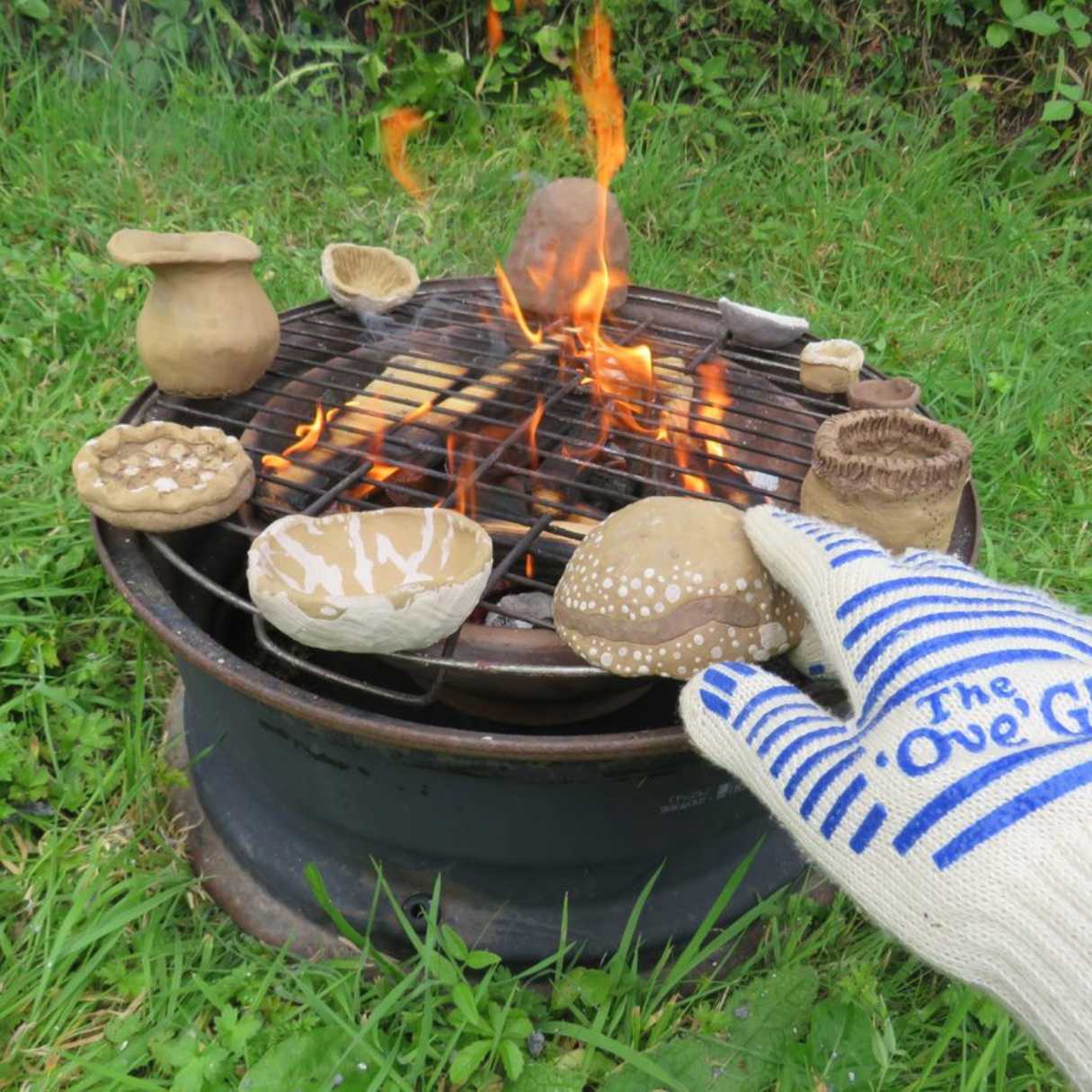
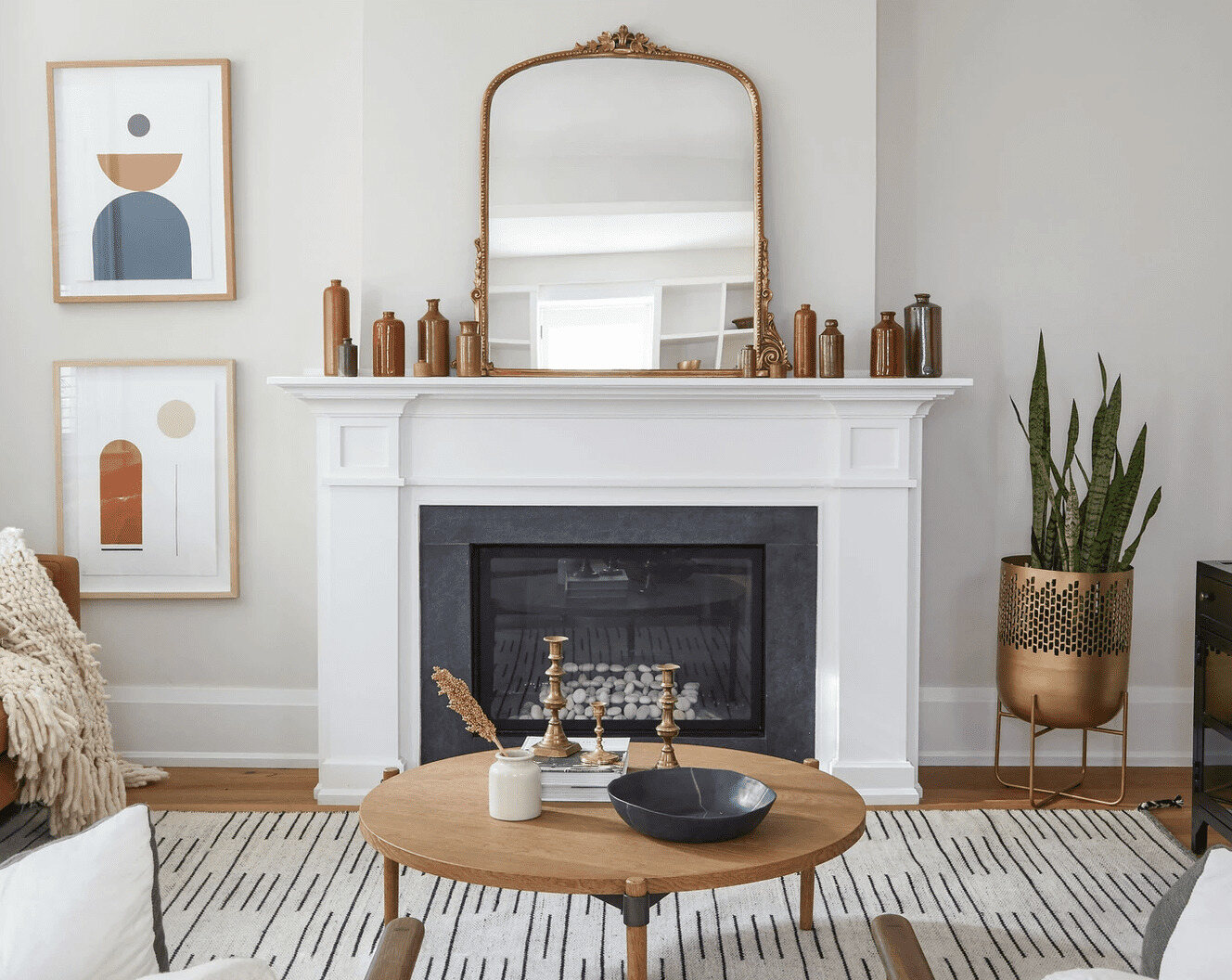
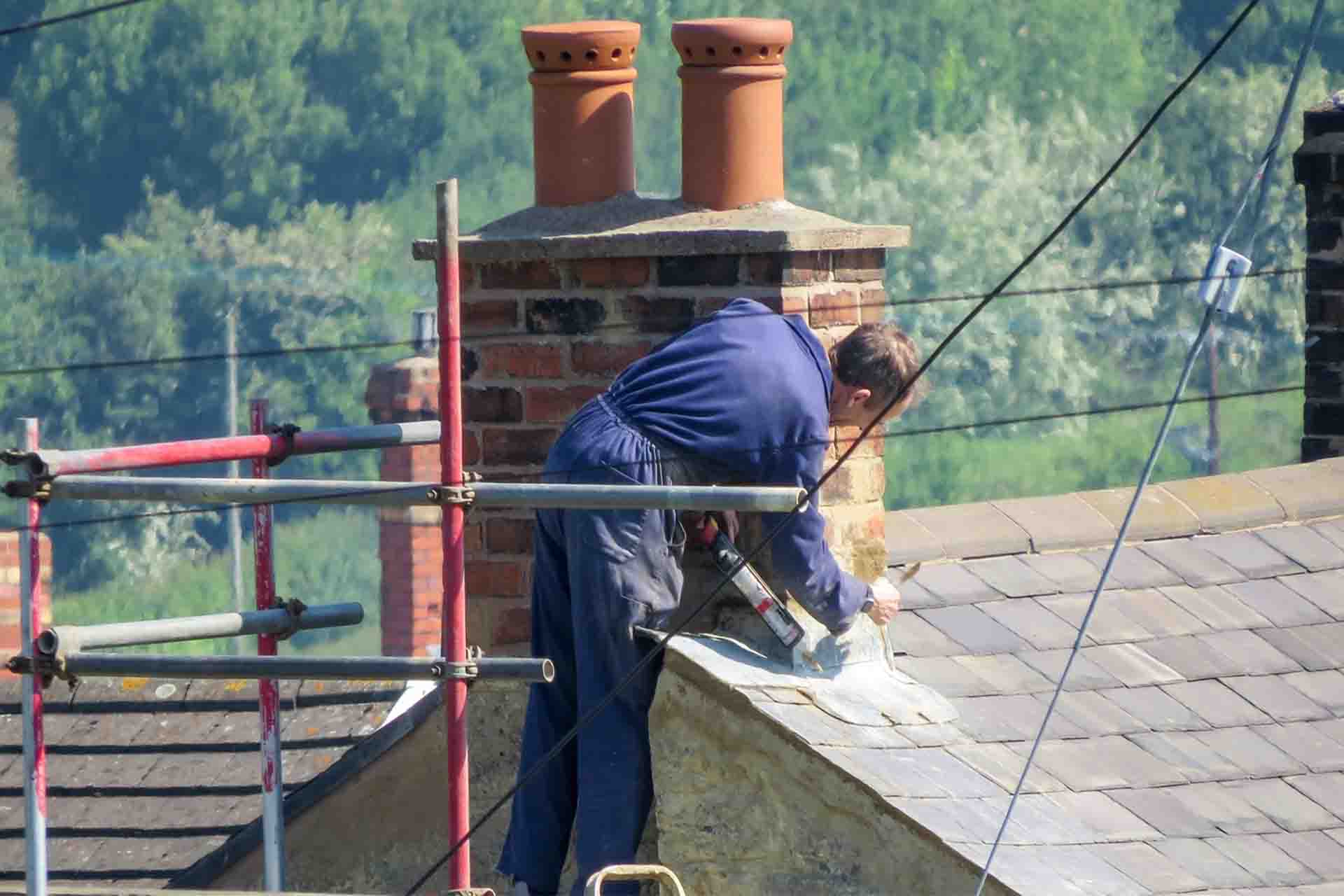
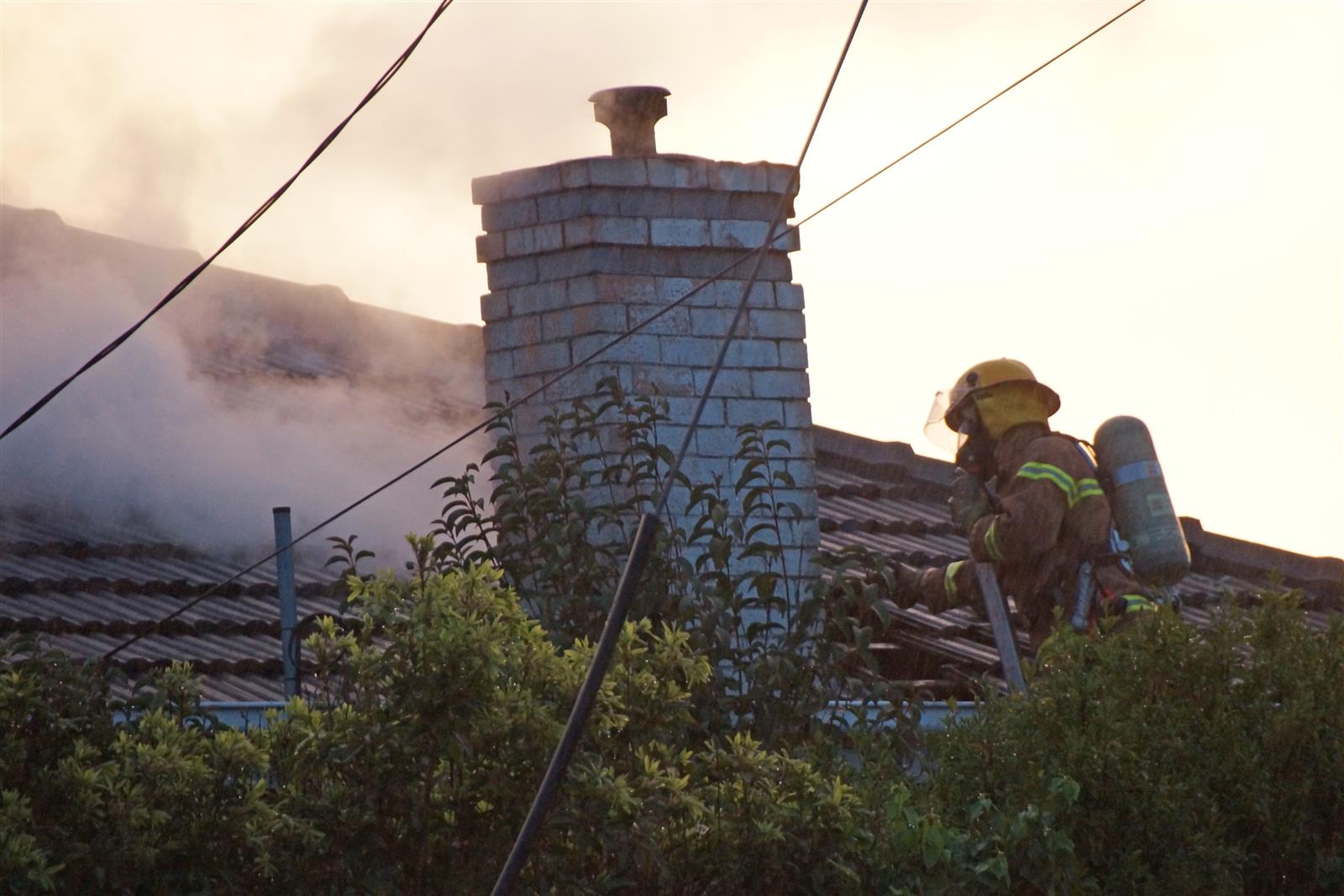
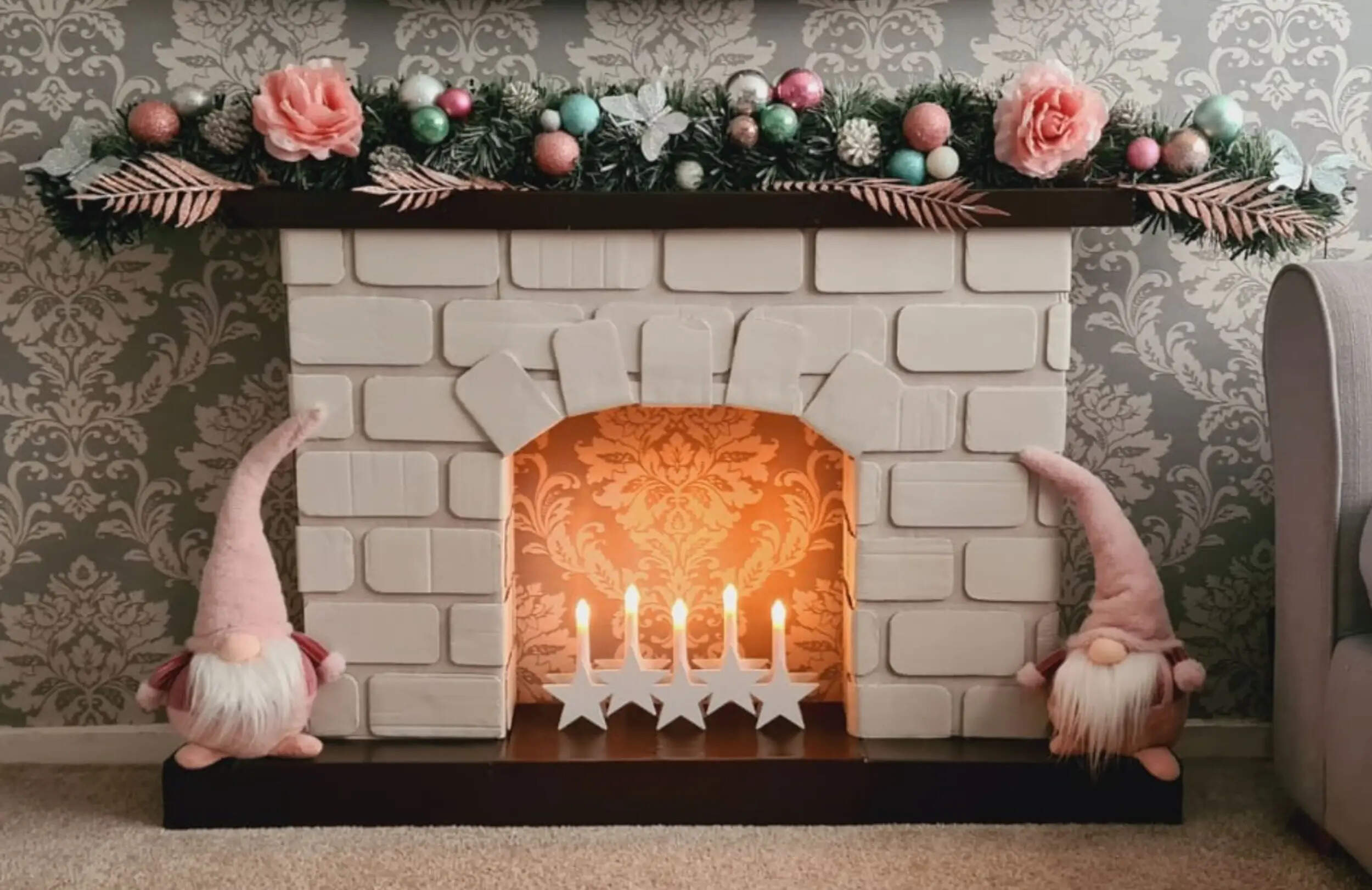

0 thoughts on “How To Start A Fire In Chimney”